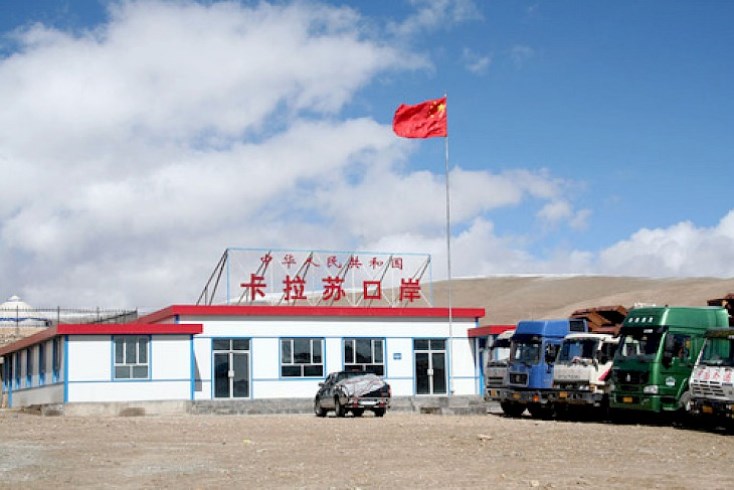Citing the authorities of China’s Xinjiang Uygur Autonomous Region (XUAR), China’s state-run news agency Xinhua reported on December 18 that the foreign trade value of XUAR has grown 47.4 percent year on year to reach 320.53 billion yuan (about 45.19 billion U.S. dollars) over the first eleven months of this year.
This is the first time Xinjiang’s foreign trade value has exceeded 300 billion yuan, said Urumqi Customs, according to Xinhua.
Over the reporting period, Xinjiang has reportedly seen rapid growth of exports of labor-intensive products and mechanical and electrical products. The total export value of these two commodities totaled 232.76 billion yuan, accounting for 86 percent of the region’s total export value in this period.
In January-November this year, Xinjiang’s trade with the five Central Asian countries has reportedly increased by 53.4 percent year-on-year, accounting for 79.8 percent of the total value of Xinjiang’s foreign trade in the same eleven-month period.
The value of trade involving Kazakhstan, Kyrgyzstan and Tajikistan, Xinjiang’s three major trading partners, has reportedly increased by 70.8 percent, 32.1 percent and 97.3 percent, respectively.
A two-way trade between Tajikistan and China’s Xinjiang Uygur Autonomous Region goes via the Kulma border crossing point (BCP), is the only overland border crossing along the 450-kilometer boundary between Tajikistan’s Gorno-Badakhshan Autonomous Region (GBAO) and China’s XUAR.
During a meeting with the member of the Political Bureau of the Central Committee of the Communist Party of China also the Communist Party Secretary of China’s XUAR, Ma Xingrui, which took place here on November 2, Tajik President Emomali Rahmon expressed interest in further expansion of cooperation with Xinjiang-based state-run companies and business circles.
A meeting of the Tajikistan-Xinjiang sub-commission and a forum of entrepreneurs of the two countries took place in Dushanbe on November 3.
Xinjiang is an autonomous region of the People’s Republic of China (PRC), located in the northwest of the country at the crossroads of Central Asia and East Asia. Being the largest province-level division of China by area and the 8th-largest country subdivision in the world, Xinjiang spans over 1.6 million square kilometers and has about 25 million inhabitants. Xinjiang borders the countries of Mongolia, Russia, Kazakhstan, Kyrgyzstan, Tajikistan, Afghanistan, Pakistan and India.
Economic growth has been fueled in the region by to discovery of the abundant reserves of coal, oil, gas as well as the China Western Development policy introduced by the State Council to boost economic development in Western China. Economic development of Xinjiang is a priority for China.
Xinjiang has traditionally been an agricultural region, but is also rich in minerals and oil. Xinjiang is a major producer of solar panel components due to its large production of the base material polysilicon.
According to data from the Agency for Statistics under the President of Tajikistan, a two-way trade between Tajikistan and China over the first eleven months of this year has valued at more than 1.3 billion US dollars, which is 21 percent more than in the same period last year. This consisted of Tajikistan’s exports to China estimated at 245 million US dollars and Tajikistan’s imports from China worth about 1.1 billion US dollars.
Source: Asia Plustj

